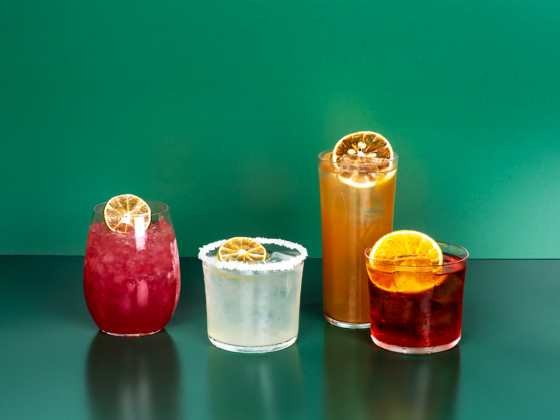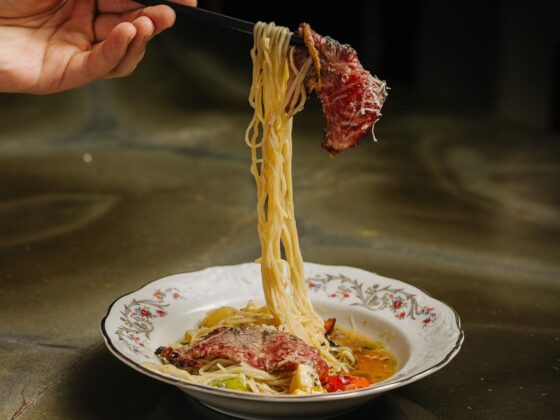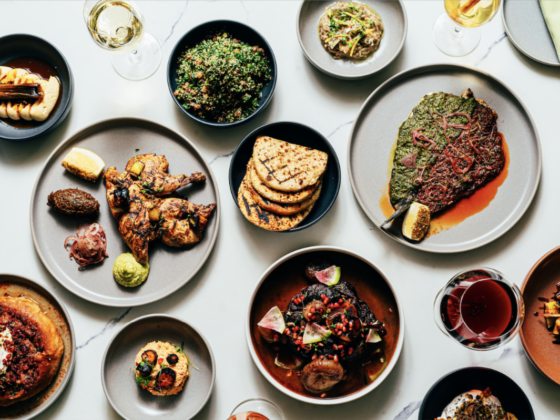Spanish Wine 101 While COVID-19 Social Distancing
As we currently all self-isolate, now is a good time to learn about areas of life perhaps you might not have had time to learn about previously. With the whole world now being smaller than ever, Europe feels like our neighbour and now is truly the time to support our neighbourhood.

Seeing as how it’s impossible to visit and travel, you can show your support by learning new details about a country you love, sharing and reminiscing about your past travel stories, hosting virtual tastings with friends and having themed evenings at home with wine and food.
In this article, I dive into Spain, a vast gastronomic region with so much to offer us when it comes to wine, food, hospitality, architecture, wild and indigenous grape varieties, warm sunshine, wonderful wines and picturesque scenery. Wines from Spain are worth the research and extra attention and offer great value as well.
ADVERTISEMENT |
The whole world of wine is sprinkled with pockets of areas and grapes that are relatively unknown to most of us. This is what makes the world of wine so very interesting. It’s full of magic, mystery, discovery and adventure! Below I outline a few regions you’ve probably never heard of for a little ‘Spanish Wine Regions 101’ education to get your brain waves moving and learn about Spanish DO’s (Denominación de Origen). This will help excite your palate and get your heart racing for a new wine adventure you can have in your very own home.
5 Must Know Spanish Wine Regions
Here are five Spanish wine regions for you to get to know, followed by some recommendations of Wines from Spain for your sipping pleasure.
1. Rueda (Roo – eh – Duh)
A mostly white wine producing region in Northwestern Spain. It lies about 170 km northwest of the ever so popular Madrid city. A beautiful flat land, with the Duero river flowing directly through it, the grapes and vineyards receive 2,700 hours of sunlight per year (in comparison, Canada receives 2,000 hours). There are long hot summers, cold winters and the soils are built for beautifully structured white wines with limestone, sand, pebbles and clay as their terroir. There are approximately 68 wineries and 16,000 hectares of vineyards planted at 600-780 m above sea level. On the label you’ll see the region Rueda, and inside the bottle you’ll find a crisp, refreshing white wine made with the indigenous Verdejo grapes.
2. Rioja (Ree-Oh-Ha)
Probably the region you know and have heard of the most. Rioja is the big brother of wine regions in Spain. Located in the North Central part of the country and mostly a red wine region, producing some rosé and white wine too, if you love Cabernet you’ll love Rioja wines. This region has amazing age worthy red wines, and is a bit of an underdog compared to California or Bordeaux. Most times you can even find older wines already aged to perfection without having to leave them in your cellar. Just 120 miles south of Bilbao, there are over 63,000 hectares of vineyards. You’ll find Rioja on the label and inside the bottle you’ll find mostly the grape Tempranillo and sometimes Garnacha. Although there are mostly red wines in this region, you may find some interesting whites as well! The words Crianza, Reserva and Gran Reserva on the bottle indicate how long a wine has been aged in oak and bottle. The ageing is carried out in 225-litre oak barrels for a period ranging from 1 to 3 years, and later in the bottle itself for a period of 6 months to 6 years. This region also enables you to taste wines that have been aged by the winery, allowing you to taste reliable older wines from the region as well.
ADVERTISEMENT |
3. Rías Biaxas (Ree-ash-Bae-shus)
Another all white wine region, it is located in the very Northwestern part of Spain in Galicia, bordering Portugalx. Offering up cool breezes and crisp and elegant white wines, these wines are bone dry, packed with white floral aromas, pineapple, mango, honeysuckle, melon, have a wonderful natural acidity. Due to the proximity to the ocean, the climate of the area is mild and moist. The beautiful landscape around the Rías Baixas area is also known for its pine and eucalyptus forests as well as oak and chestnut trees. These gorgeous white wines are perfectly paired with freshly caught fish and seafood. You’ll find the region on the label and the grape inside is the indigenous white grape called Albariño.
4. Priorat (Pree-Or-Rat)
Located in Northeastern Spain in Catalonia, this area is well known for its big, bold and beautiful red wines. The classic and loved Priorat wine is made from old bush vine Garnacha and Cariñena grapes (this means the grapes are hand harvested from a bush!). These wines have aromas of licorice, dark fruit and black cherries, purple flowers and are really quite gorgeous! This area is a pretty well known wine area from Spain for sommeliers and avid wine enthusiasts. This region also has a very unique volcanic terroir, made of black slate and quartz soil. The vineyards are planted on terraced slopes at altitudes of between 100 m and 700 m above sea level. With extreme climates, this area has freezing winds from the North and also warmer winds from from the East. Summers are long, hot and dry, while winters are cold. Sometimes there is an occasional risk of frost, hailstones and drought, but the wineries and vineyards produce amazing juice to be enjoyed.
5. Jerez (Hair – Ez)
Under Spanish law (and recognized internationally), all wine that is labelled as “Sherry” must legally come from the Sherry Triangle, which is an area in the province of Cádiz between Jerez de la Frontera, Sanlúcar de Barrameda, and El Puerto de Santa María. That means that no Sherry made outside of this area can be called Sherry.
Sherry is a fortified wine made from white Spanish grapes that are grown near the city of Jerez de la Frontera in Andalusia in the South of Spain. Sherry is made primarily from the Palomino grape and after primary wine fermentation is complete, the base wines are fortified with a grape spirit in order to increase their final alcohol content. Sherry comes in dry and sweet styles. The dry styles include Fino (and Manzanilla), Amontillado and Oloroso. These types of wines are always dry, but they range in style and flavour profile from light, fresh and salty, to rich and nutty with intense tertiary characteristics. In contrast, the sweetened styles of Sherry include Medium, Pale Cream and Cream. These Sherry styles start out as Fino, Amontillado or Oloroso and are sweetened with concentrated grape must. Finally, the very rich, and lusciously sweet dessert style of Sherry is produced from Pedro Ximénez grapes, but the wine is produced from dried (like Appassimento) grapes, therefore the sugar is natural, rather than being sweetened at the end of production. If you enjoy Scotch or any other whisky, odds are you’ll love dry Fino (and Manzanilla), Amontillado and Oloroso and if you love Icewine and Moscato, you’ll love Cream Sherry or PX Sherry.
ADVERTISEMENT |
Expert Picks: 6 Must Try Wines from Spain
1. Marqués de Riscal Rueda DO
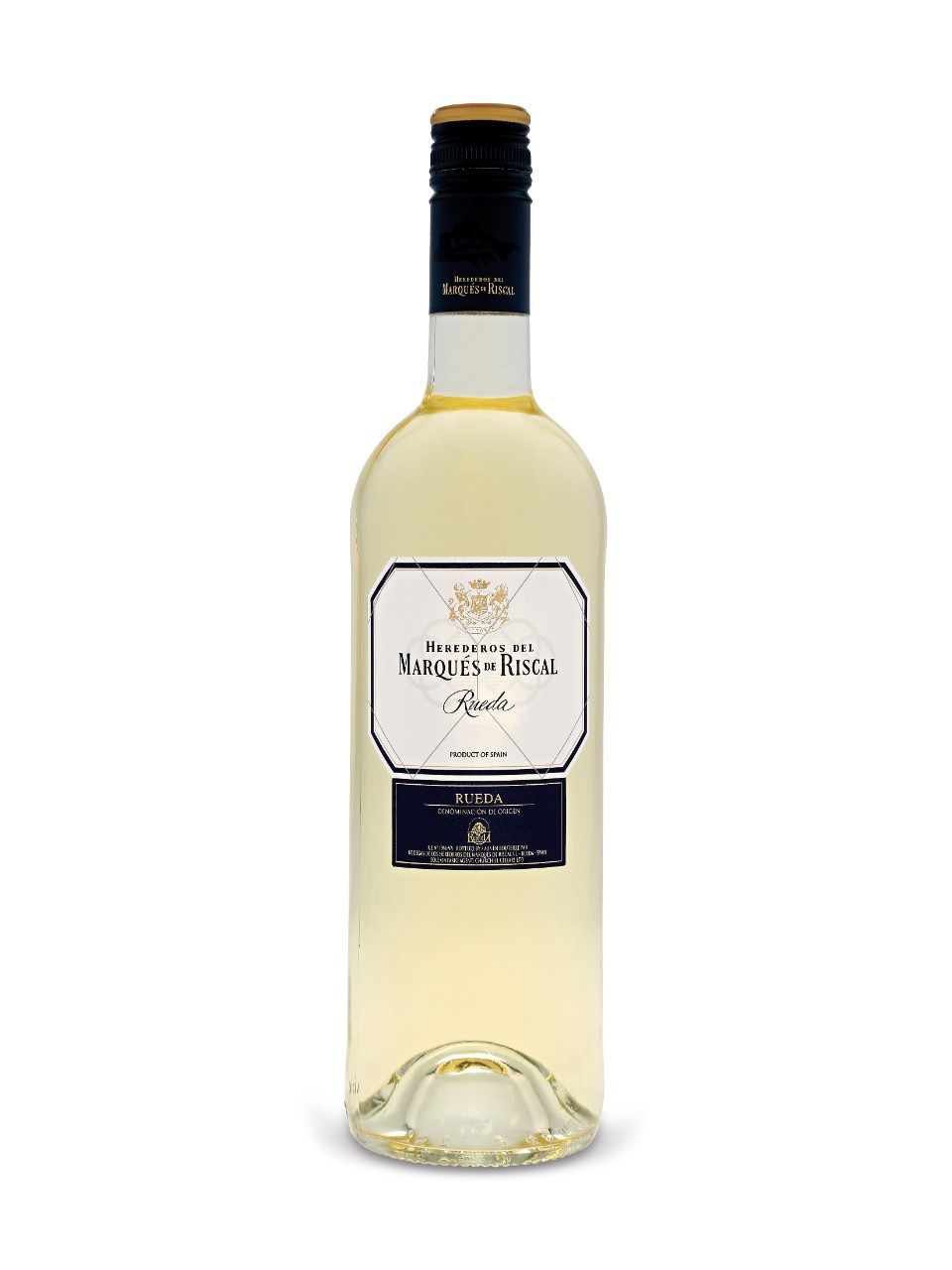
2. Osborne Santa Maria Cream Sherry
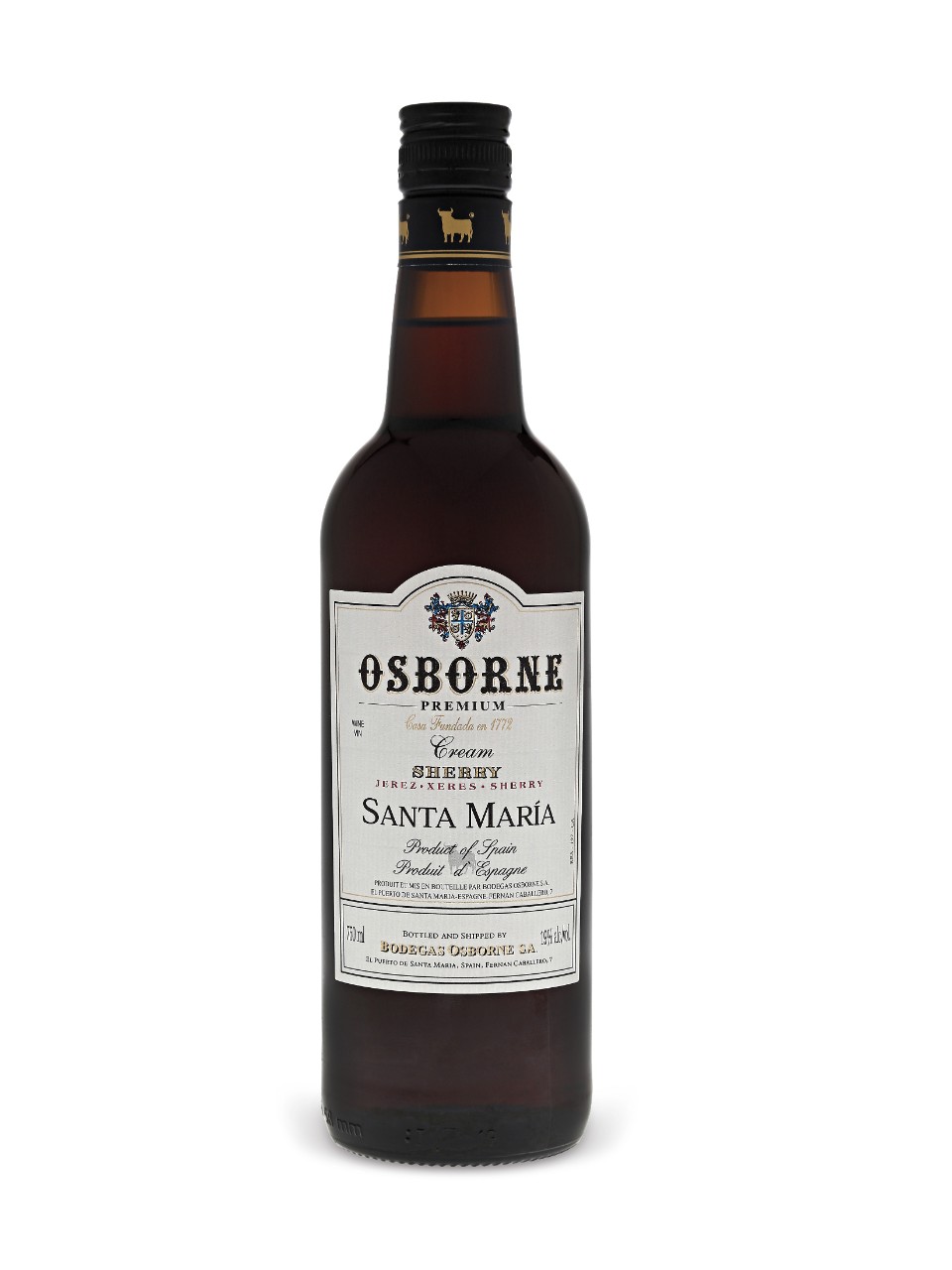
3. Alba Vega Albariño 2018 Alvarinho
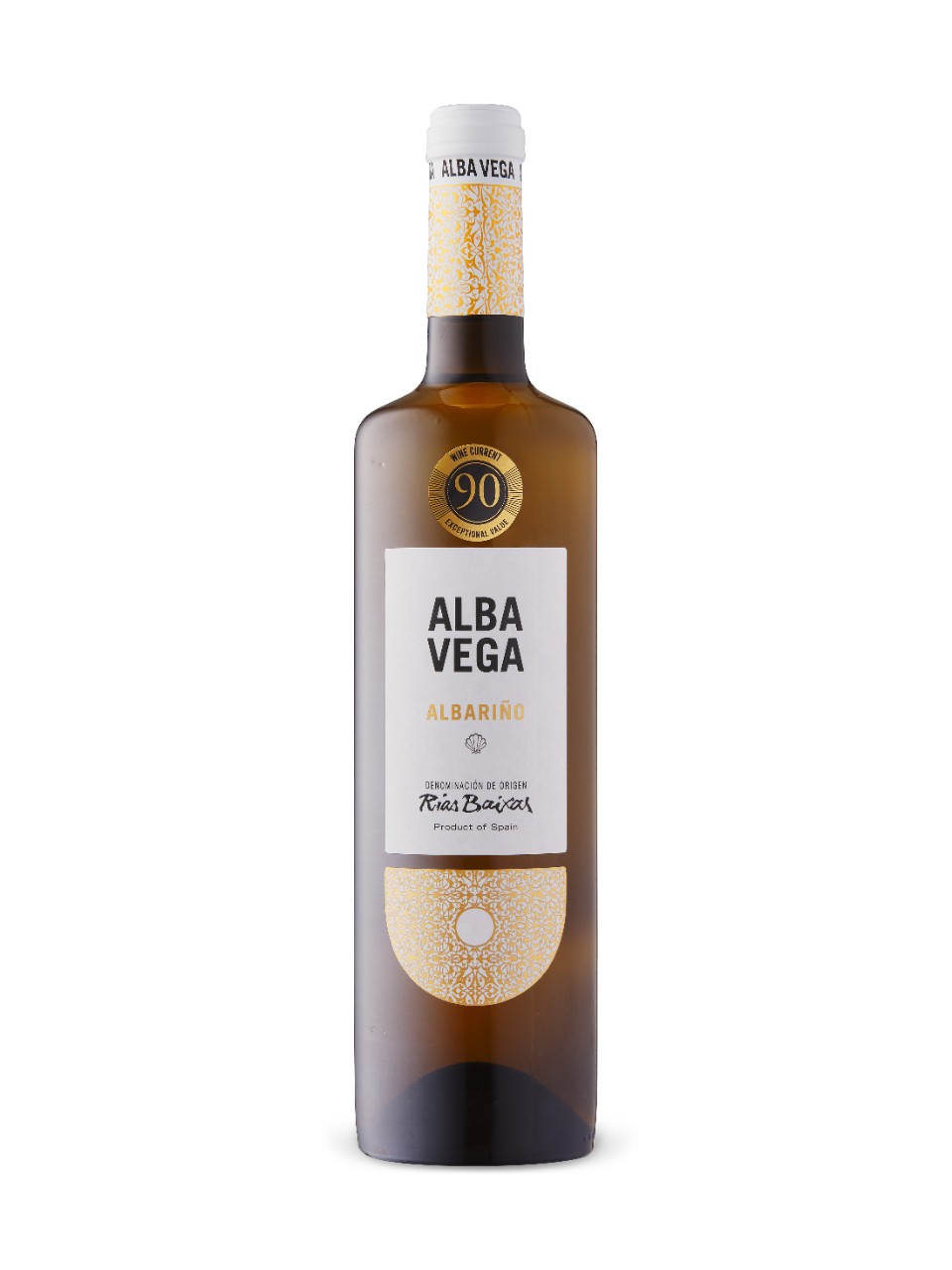
ADVERTISEMENT |
4. Marqés de Riscal Rioja Reserva
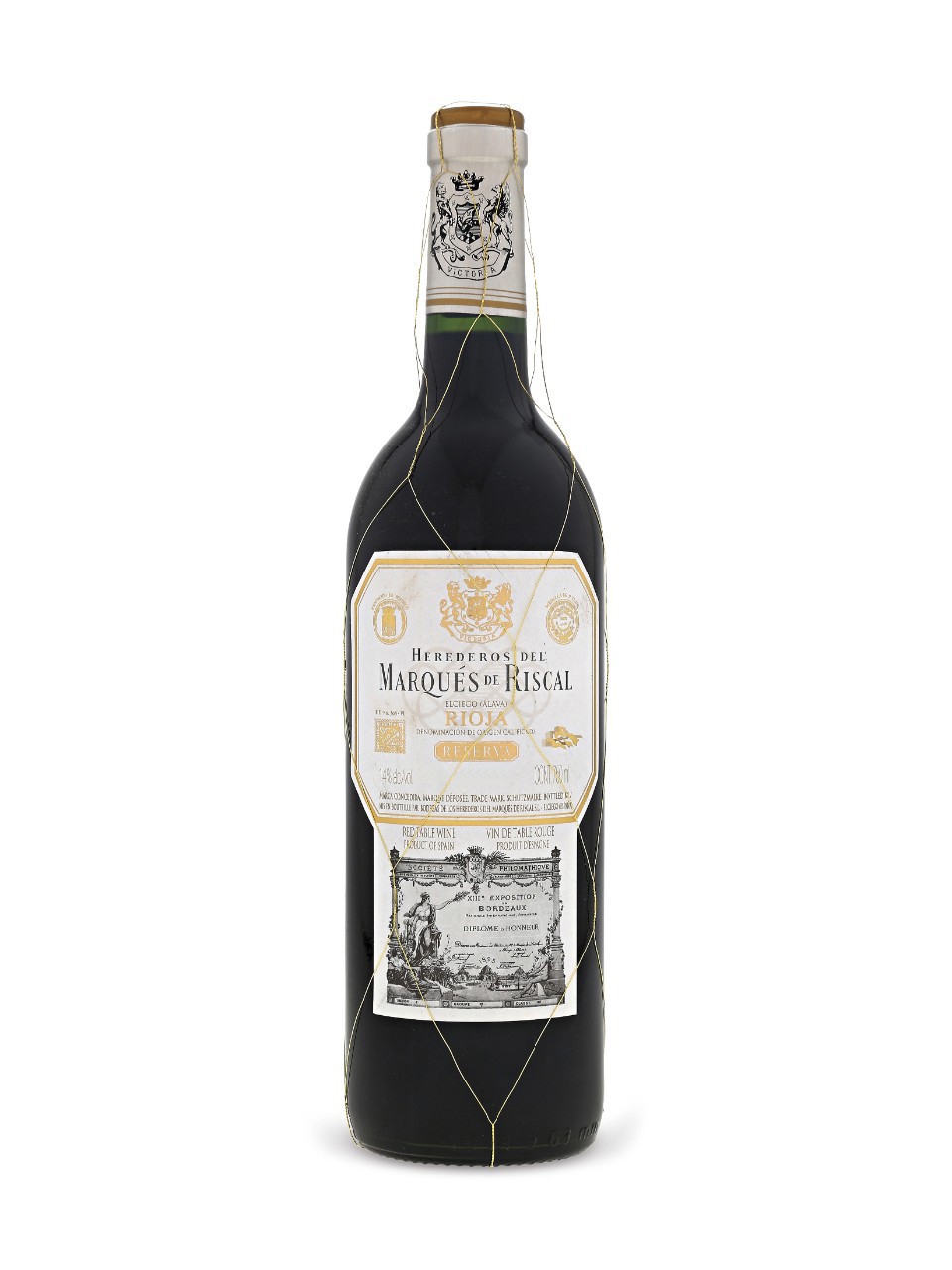
ADVERTISEMENT |
5. Vetiver Viura 2014
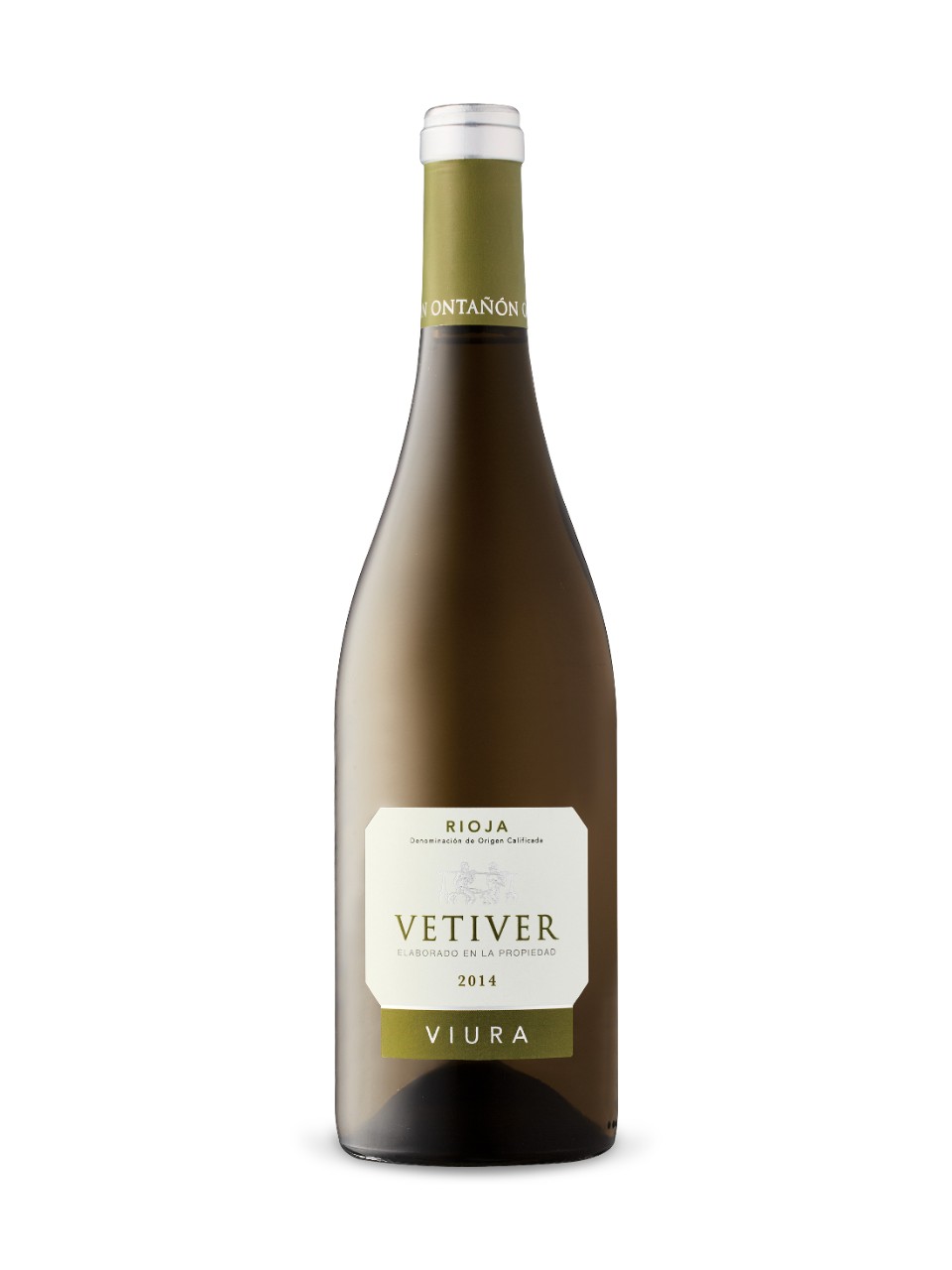
6. Pantocrator 2005
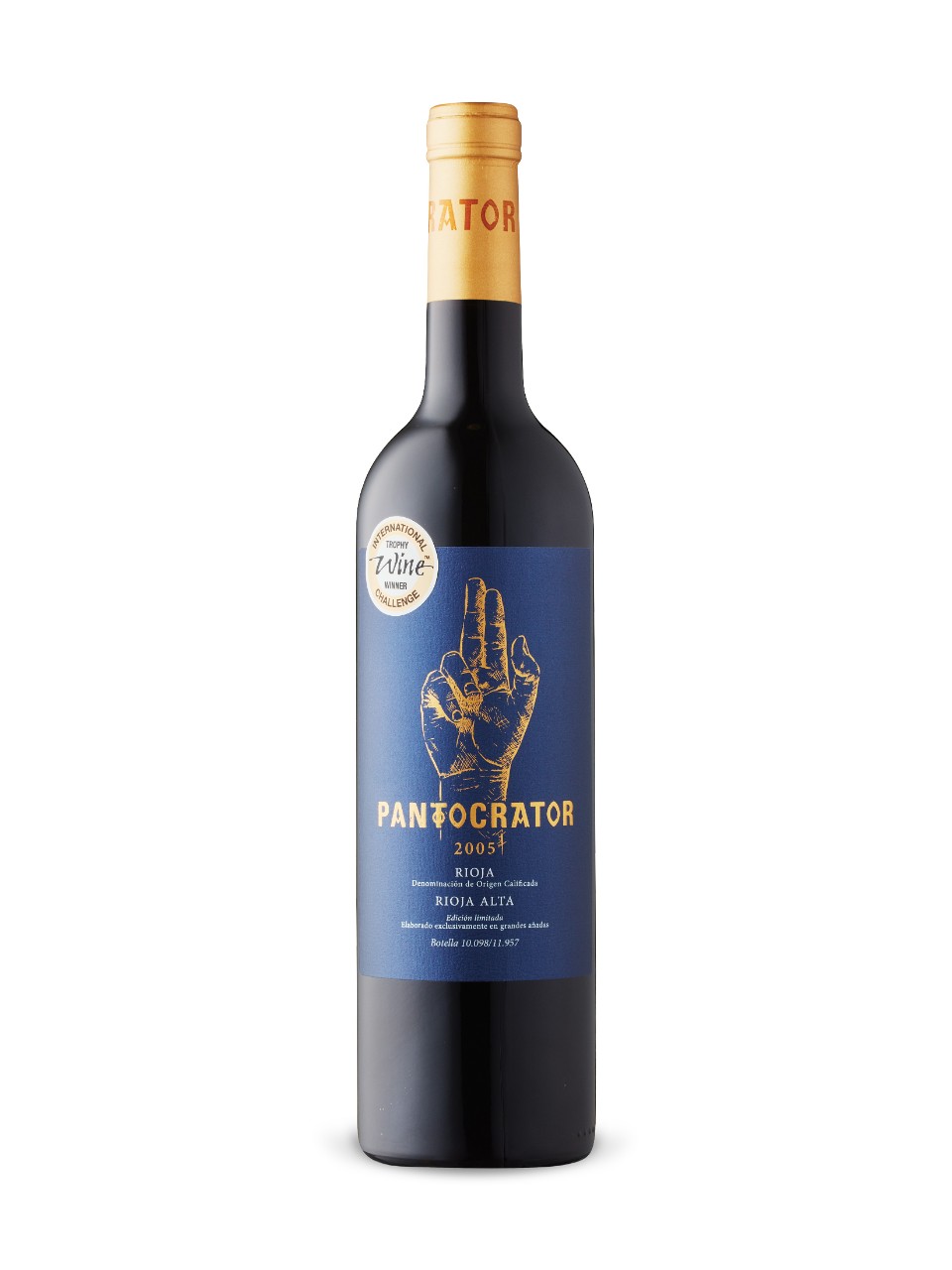
ADVERTISEMENT |
Always remember to please drink responsibly. Prices listed may vary and subject to change.



